{ IMAGINERY } RAW AND COPPERFIELD
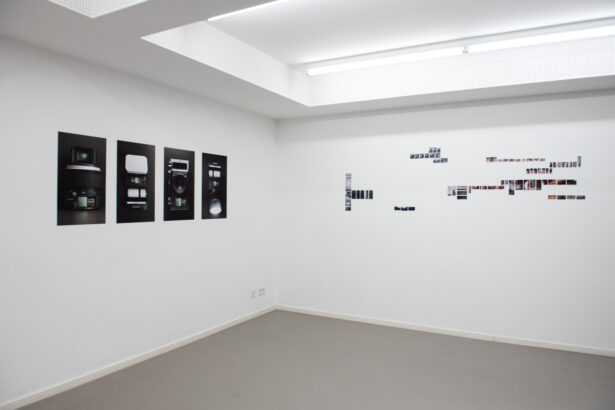
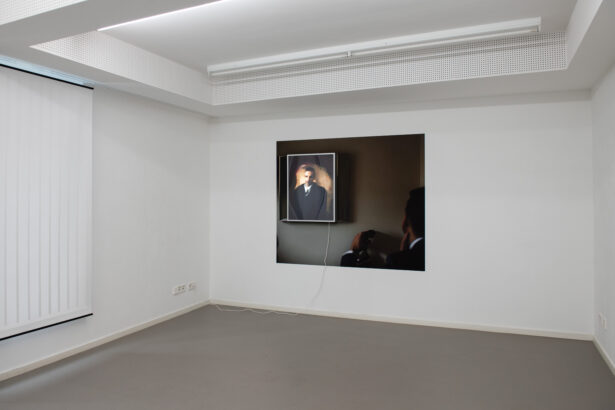
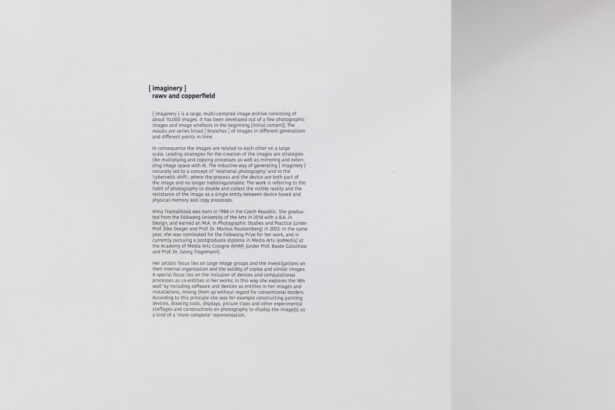
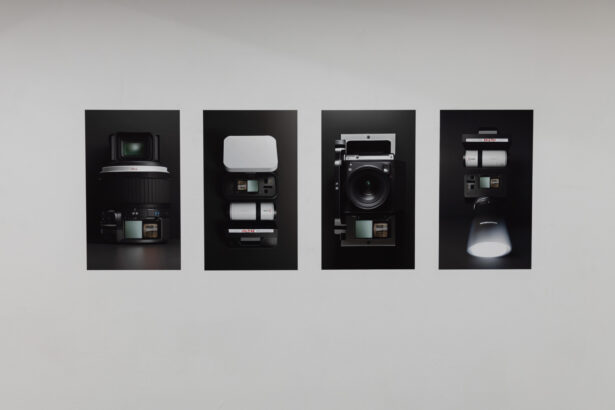
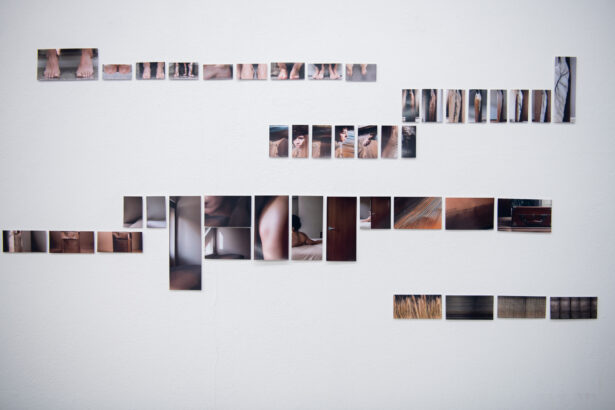
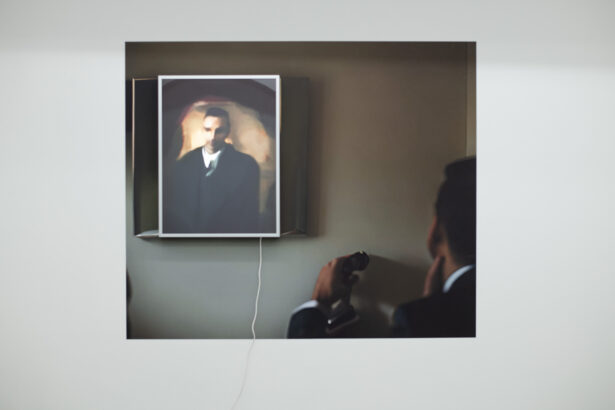
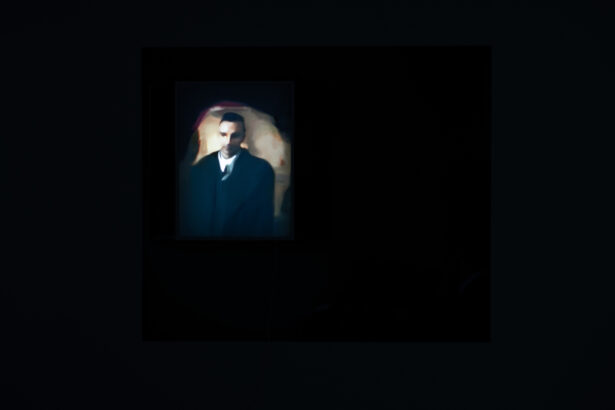
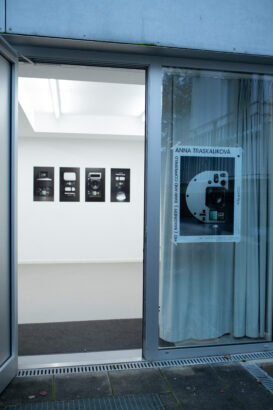
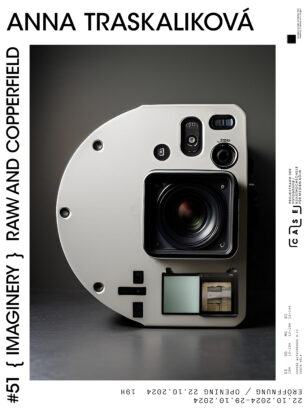
{ imaginery } is a large, multi-centered image archive consisting of about 10.000 images. It has been developed out of a few photographic images and image artefacts in the beginning [initial content]. The results are series broad [branches] of images in different generations and different points in time.
In consequence the images are related to each other on a large scale. Leading strategies for the creation of the images are strategies like multiplying and copying processes as well as mirroring and extending image space with Al. The inductive way of generating { imaginery } naturally led to a concept of ‘relational photography’ and to the ‘cybernetic shift’, where the process and the device are both part of the image and no longer indistinguishable. The work is referring to the habit of photography to double and collect the visible reality and the resistance of the image as a single entity between device based and physical memory and copy processes.
Anna Traskalikov was born in 1984 in the Czech Republic. She graduated from the Folkwang University of the Arts in 2018 with a B.A. in Design, and earned an M.A. in Photographic Studies and Practice (under Prof. Elke Seeger and Prof. Dr. Markus Rautzenberg) in 2023. In the same year, she was nominated for the Folkwang Prize for her work, and is currently pursuing a postgraduate diploma in Media Arts (exMedia) at the Academy of Media Arts Cologne (KHM) (under Prof. Beate Gütschow and Prof. Dr. Georg Trogemann).
Her artistic focus lies on large image groups and the investigations on their internal organization and the validity of copies and similar images. A special focus lies on the inclusion of devices and computational processes as co-entities in her works; in this way she explores the “4th wall” by including software and devices as entities in her images and installations, mixing them up without regard for conventional borders. According to this principle she was for example constructing painting devices, drawing tools, displays, picture traps and other experimental staffages and constructions on photography to display the image(s) as a kind of a ‘more complete’ representation.
Installation Photos from Marie Laforge.
